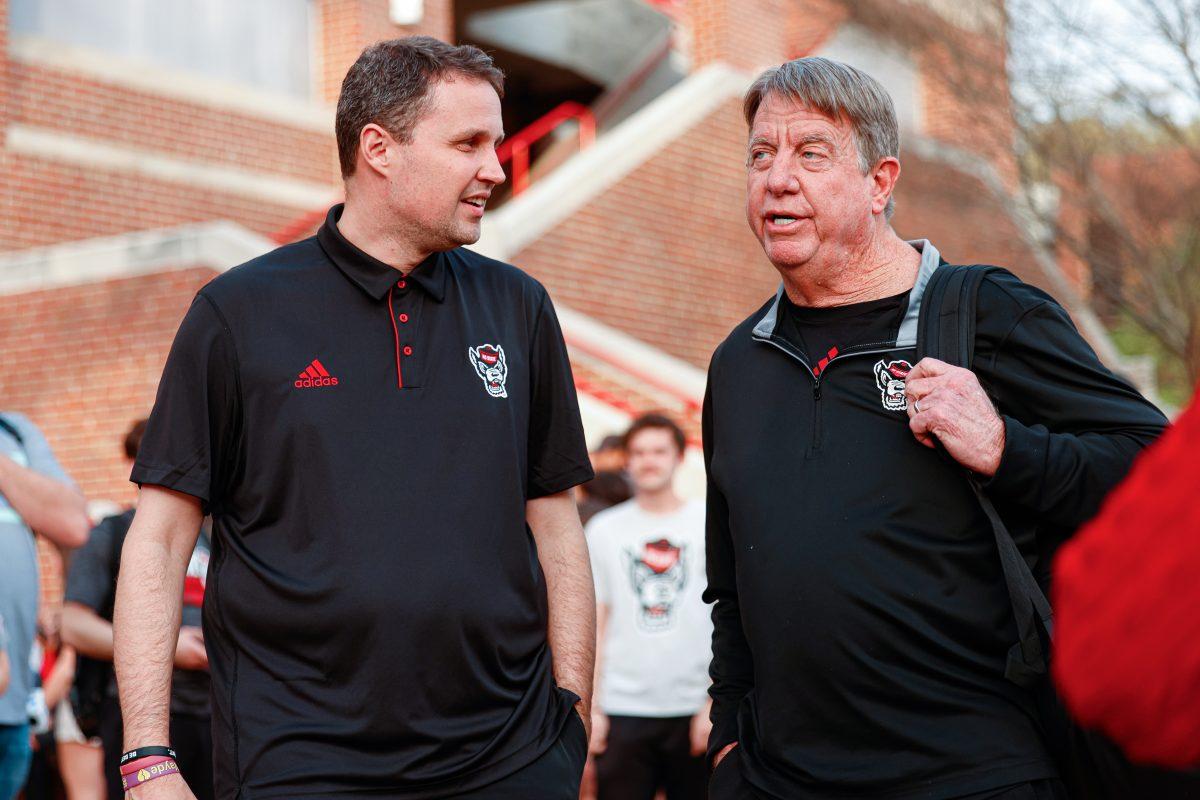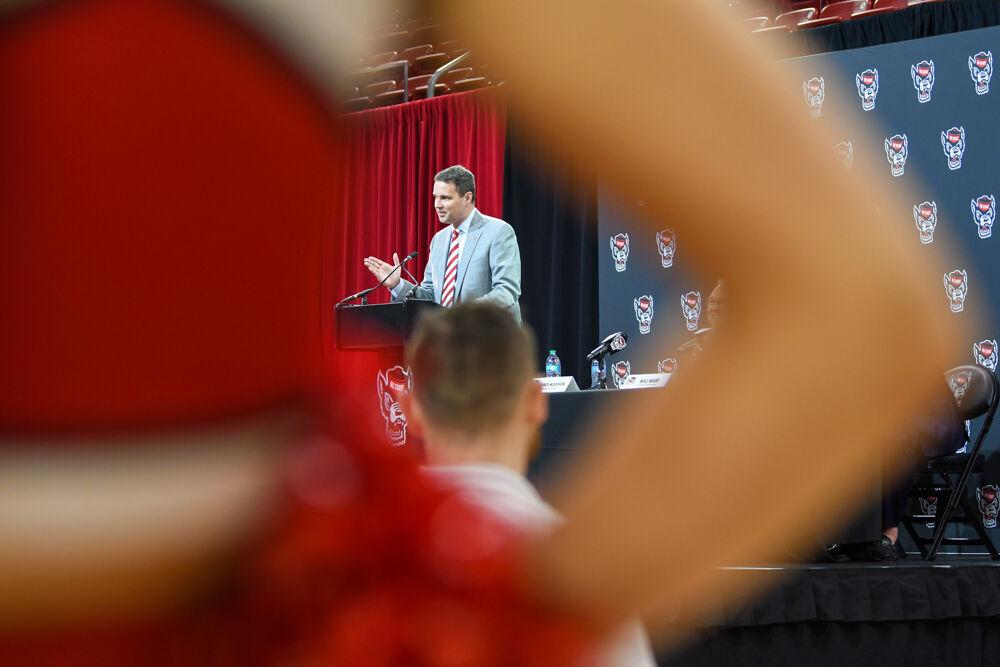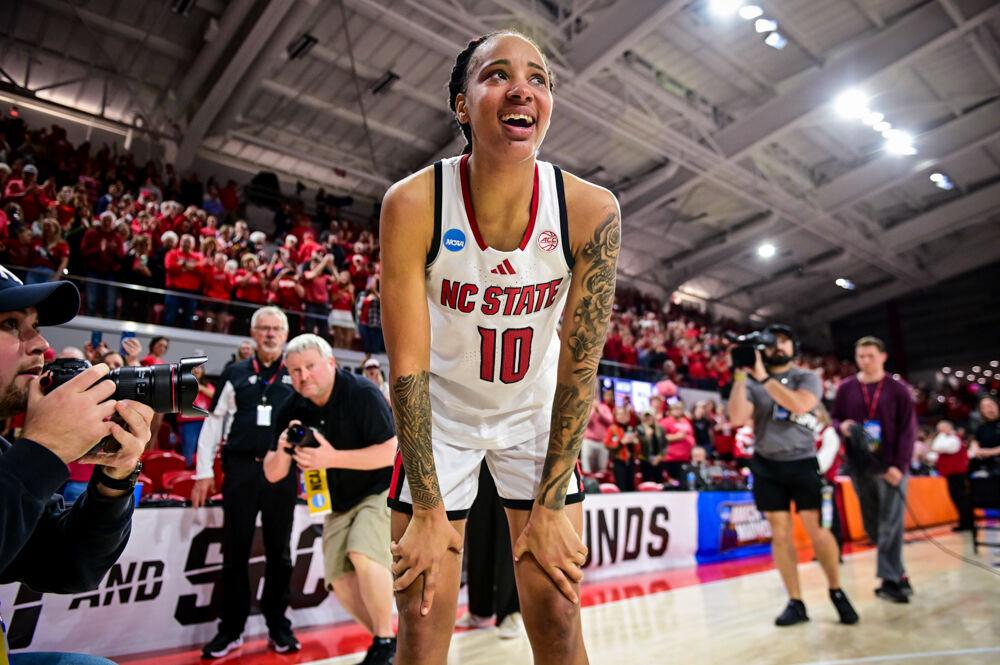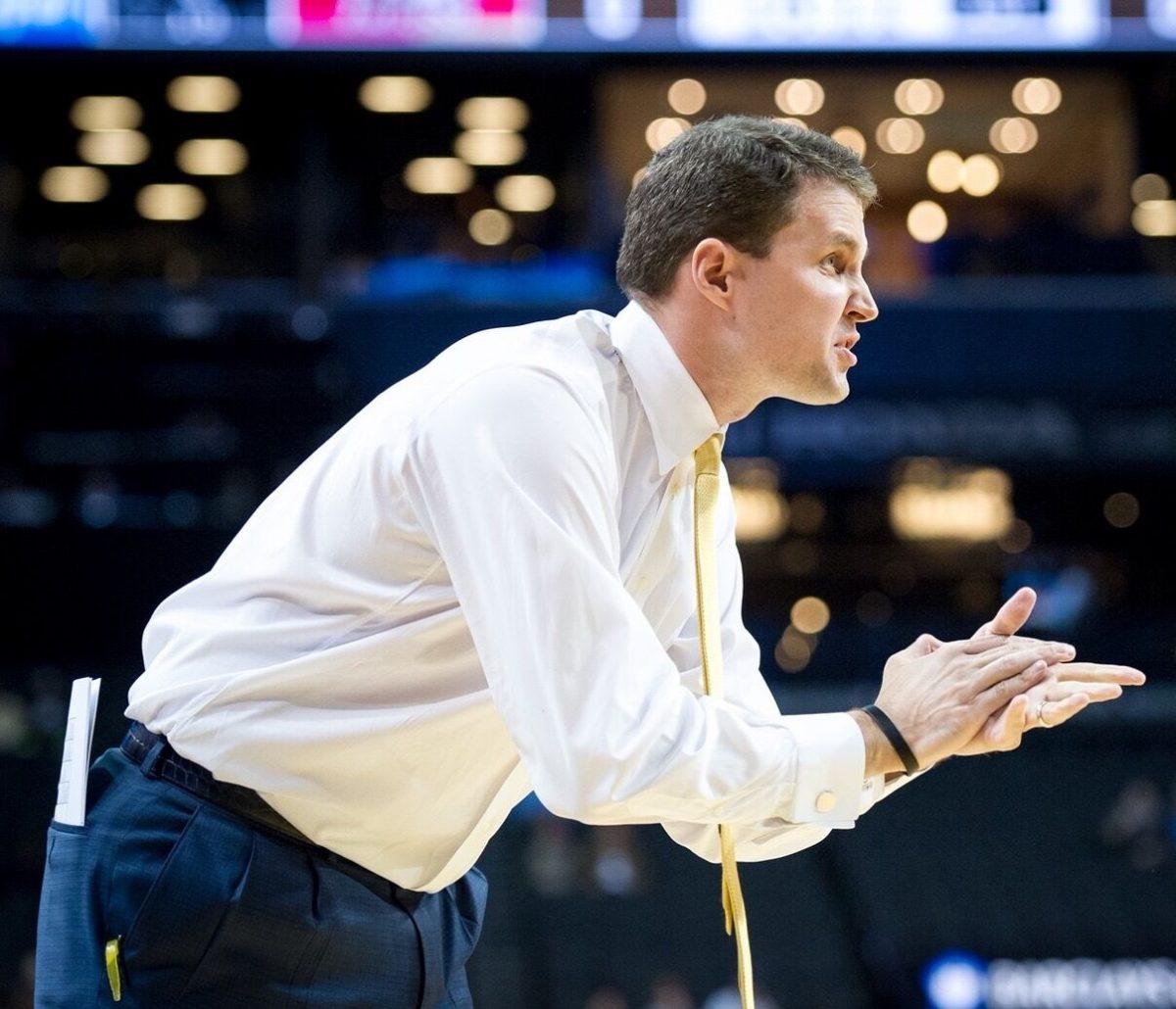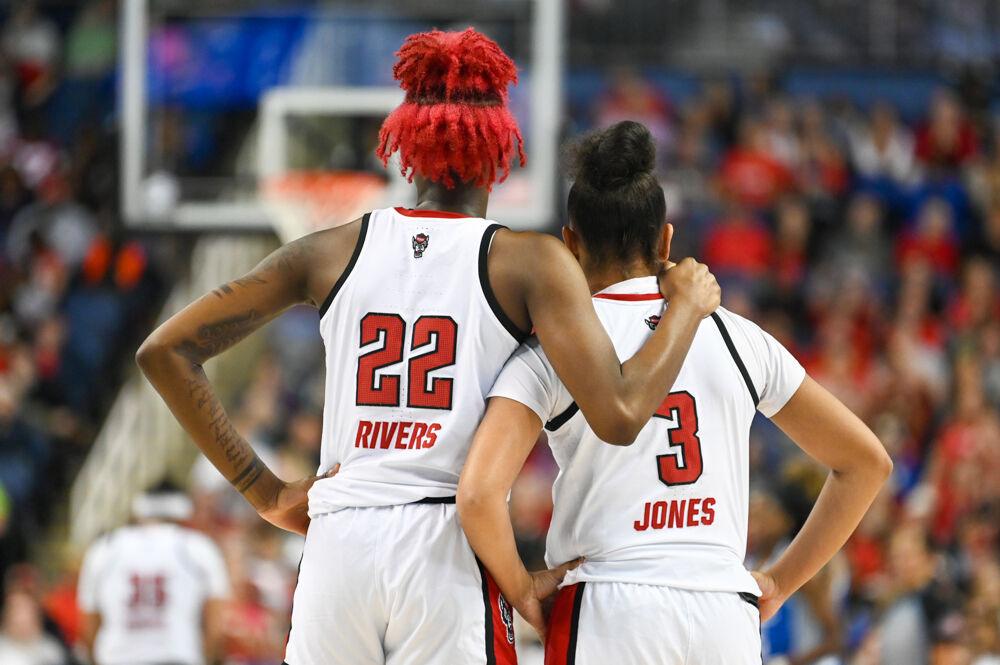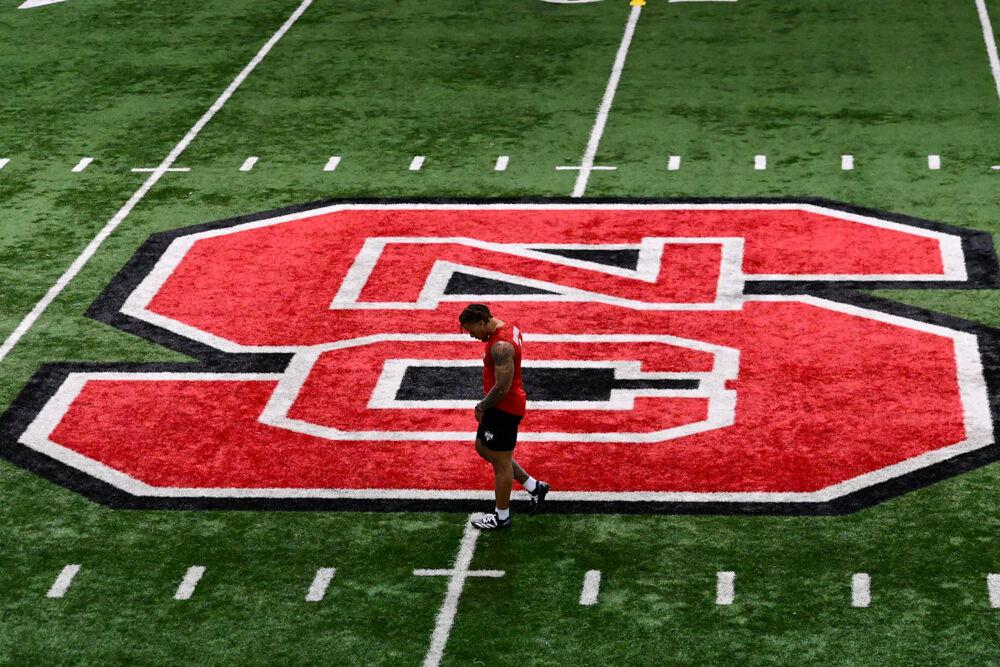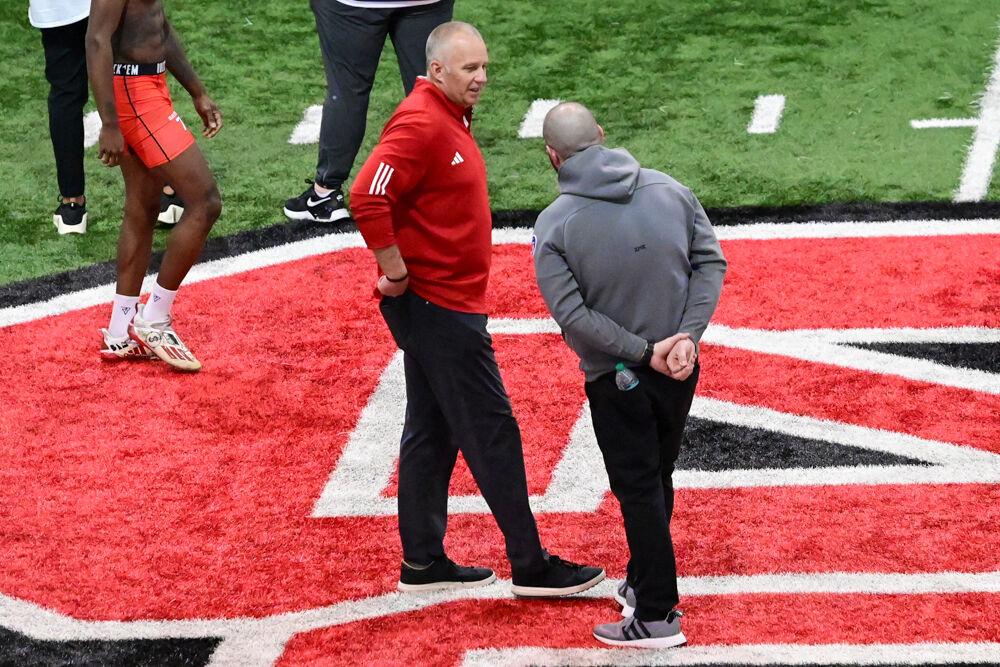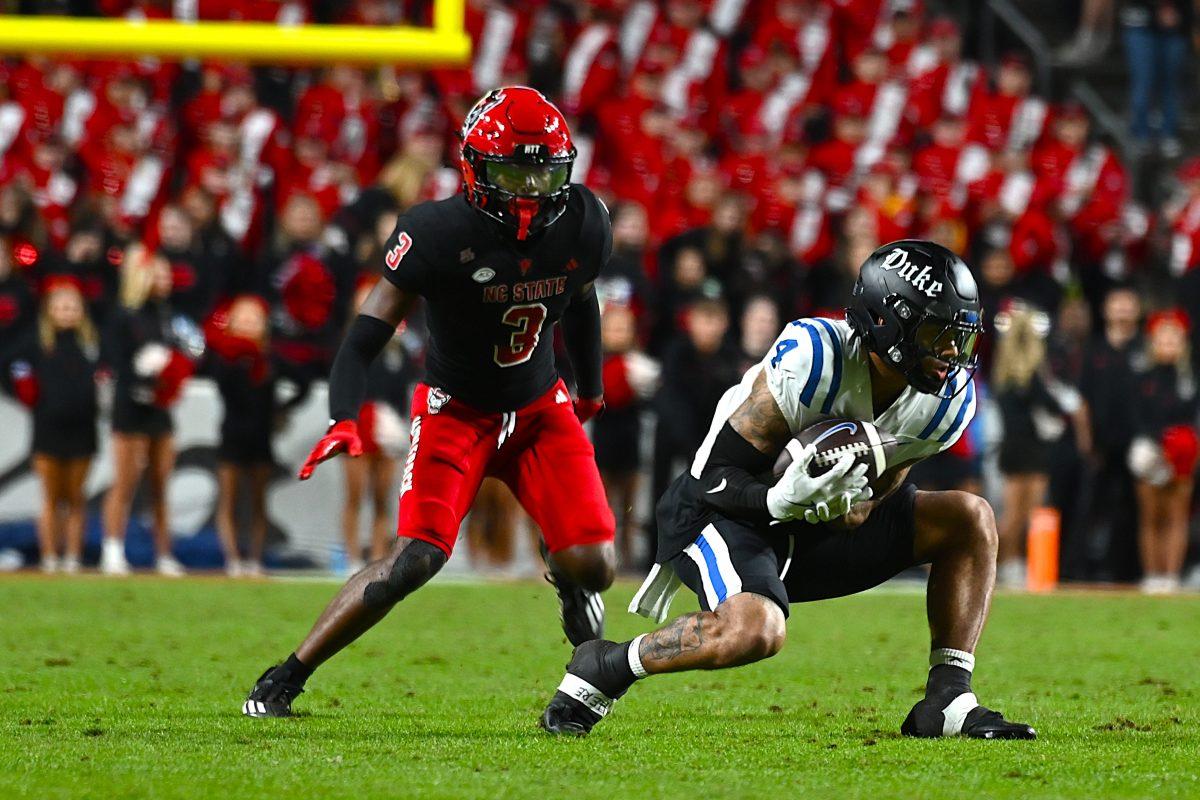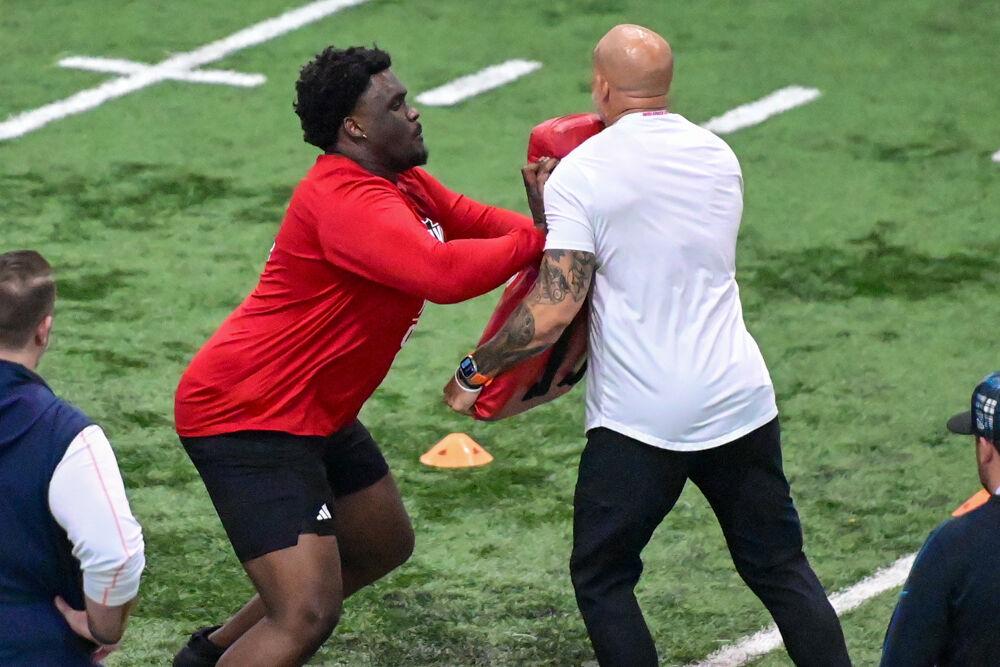Every year, the ACC generates revenue based on TV deals, the NCAA tournament and bowl games. This revenue is equally shared among all the teams in the conference.
The schools at the bottom of the conference receive the same amount of revenue as the teams at the top of the conference. This turns out to be an issue as the top teams typically generate a larger amount of revenue than the bottom teams do.
In the 2013–14 fiscal year, the ACC generated a record $291.7 million and distributed $20.8 million to each school. In the 2014–15 fiscal year, it broke its own record making $331 million and distributing $22.1 million to each school.
The breakdown looked like this: $98 million for bowl games, $21 million in the NCAA tournament and $212 million for TV deals in 2014–15.
So while the University of Virginia and Duke University finished atop the ACC and Georgia Tech and Virginia Tech finished at the bottom, all teams shared the revenue equally.
But the Blue Devils will see a bonus incentive for winning the National Championship in 2015. And rightfully so considering they made more money for the conference come NCAA tournament time.
The revenue sharing is put in place for many reasons, the most important being it helps non-revenue sports.
Due to the name “non-revenue,” these schools rely heavily on the conference to do well come tournament and bowl time to make a lot of money. After being disbursed out to each school, the money then goes to help these non-revenue sports.
This system is strong simply for that reason. Even when NC State men’s basketball team has a down year, like this past season, it can surely still receive funds to help out the school and other sports.
The world revolves around money. In order for a team to continue to be successful or potentially get better, the funds have to be in the right place. But in this system, there is a non-incentive-based objective outside of a “bonus” that comes from winning championships. In the long run, you aren’t penalized for being bad.
In doing so, a team also isn’t technically rewarded for having an impressive regular season. There is a plan that can be more realistic than this approach.
Instead of sharing the profit equally, minus bonuses for winning championships, the profit could be shared based on regular season performance.
It comes as no surprise to anyone this season that a basketball team like UNC-Chapel Hill has generated more sales than say, Boston College, who didn’t win a single conference game all season. A system could be set up which allows the better regular season teams to get a slightly larger share.
Then depending on the NCAA tournament and bowl games, the incentive to make it to each could be there, added with the number of wins or championships the team receives.
Take the 2016 NCAA men’s basketball tournament for example. The ACC started with seven teams overall, six in the Sweet 16, four in the Elite Eight, two in the Final Four and one in the national championship game. These teams would share a bonus incentive for doing this, regardless of the fact UNC lost in the title game.
Through the Elite Eight, the ACC had already generated $21.5 million in revenue — topping last year’s revenue with two rounds yet to play. Regardless of how the money is spread, this offers great publicity for the ACC.
Players will begin to consider playing for ACC teams seeing as they thrive during tournament time.
With this proposal, the argument would come into play of penalizing the non-revenue sports.
Outside of the school’s own personal attendance and personal preference, a school can’t have incentive to get better without being penalized for having down years. With the system currently in place, you see year after year the bad teams hanging around at the bottom and the great teams at the top.
Something isn’t working. Teams like Duke, UNC and most recently UVA continue to hover around the top, while teams like Georgia Tech, Boston College and Virginia Tech continue to camp out at the bottom.
Teams always have a sudden breakout year, or a few years where they do well, but then it’s right back to where they started.
While the system in place now does have its benefits, it also has its negatives. Teams who work hard not just in the tournament but in the regular season should be rewarded as well.


